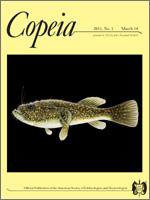Communication signals often function in multiple contexts such as territory defense, mate attraction, and predator deterrence. If signals indicate the quality of the signaler, then high rates of signal use may be associated with successful outcomes across multiple contexts. Here, I examined the relationship between signal use and interaction outcome during territorial defense and courtship bouts in field populations of the Brown Anole lizard, Anolis sagrei, in the middle of their breeding season. High bobbing rates, which are associated with high endurance in males of other lizard species, predicted both successful territorial defense and courtship bouts that resulted in copulation, while high rates of nodding, a signal typically associated with subordinate behavior during agonistic encounters, predicted unsuccessful outcomes in both contexts. Males performed dewlap extensions to females at a higher rate than to other males, independently of interaction outcome. In interactions with females, dewlap extension rates by males were higher during courtship bouts that did not result in copulations than during interactions preceding copulations. Assuming that increasing the rate of dewlap extensions benefits the signaler, this finding suggests that the use of the dewlap may play a larger role in stimulating or accelerating receptivity in an unreceptive female than in attracting an already-receptive female.
How to translate text using browser tools
14 March 2011
Communication Signal Rates Predict Interaction Outcome in the Brown Anole Lizard, Anolis sagrei
Valerie B Simon
ACCESS THE FULL ARTICLE





